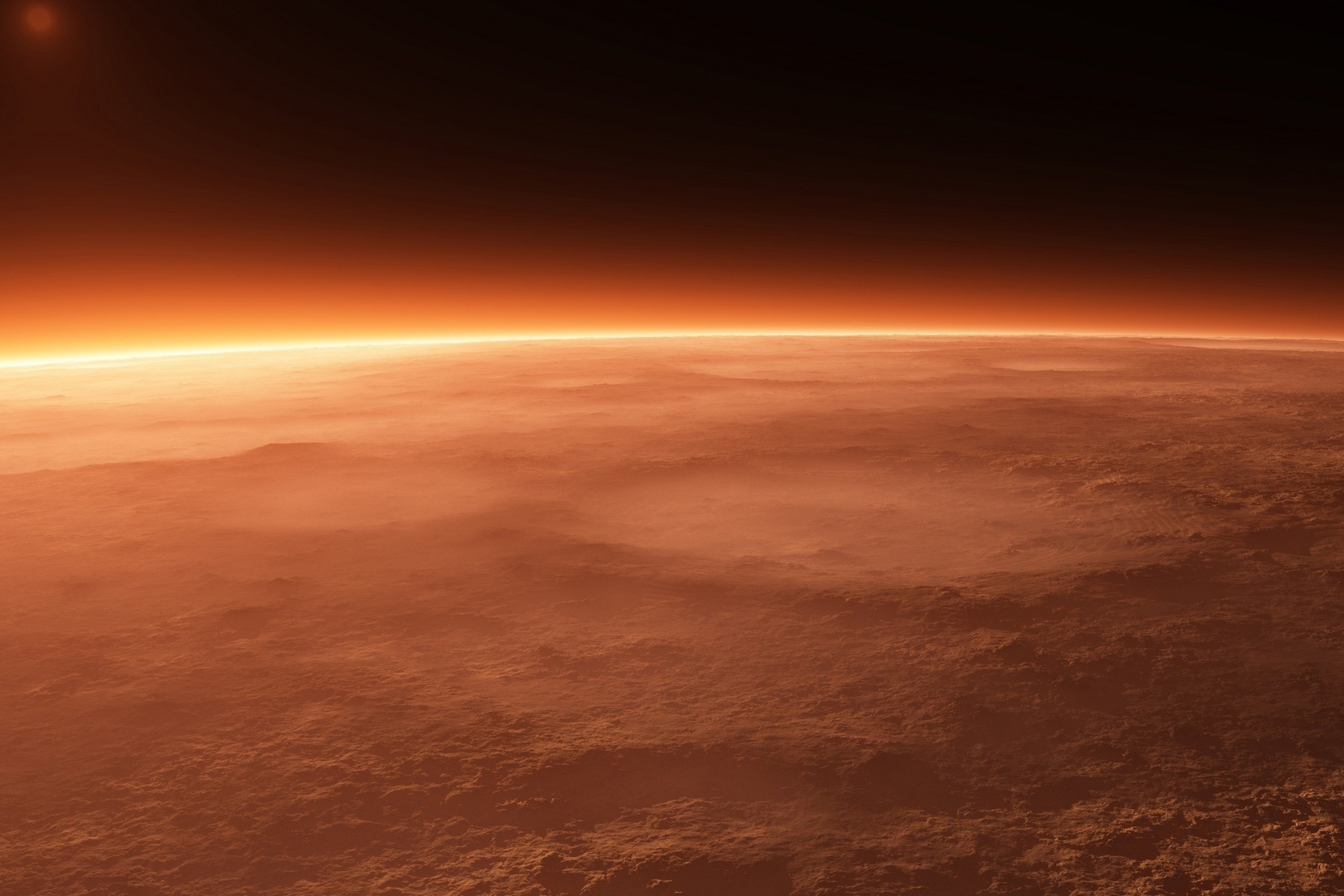mars has a very thin atmosphere and it s dusty cold and desert like like earth it s a dynamic planet with seasons canyons polar ice caps and extinct volcanoes

Mars: A Dynamic and Mysterious Planet

Mars, often referred to as the “Red Planet,” has fascinated scientists and space enthusiasts for centuries. With its unique characteristics, this fourth planet from the sun provides valuable insights into the formation and evolution of planets. Let’s explore the intriguing features of Mars, from its thin atmosphere to its extreme temperatures.
A Thin Atmosphere with Dusty Winds

Mars possesses an atmosphere that is much thinner compared to Earth’s. Composed predominantly of carbon dioxide, with traces of nitrogen and argon, the atmospheric pressure on Mars is about 100 times lower than Earth’s. This thin atmosphere allows for great temperature variations and can make the planet quite inhospitable.
The Martian atmosphere is also known for its dusty nature. Dust storms frequently sweep across the planet, enveloping the surface in a haze of fine particles. These storms can cover vast regions and last for weeks or even months. Such dust storms have been observed by various spacecraft and rovers, highlighting the dynamic nature of the Martian environment.
Cold and Desert-Like Terrain
Being farther from the sun than Earth, Mars experiences colder temperatures. On average, the temperature ranges from a bone-chilling minus 225 degrees Fahrenheit (-153 degrees Celsius) near the poles to a relatively warmer minus 80 degrees Fahrenheit (-62 degrees Celsius) at the equator. These extreme temperatures make it incredibly challenging for human exploration and habitation.
Mars is also known for its vast deserts and rocky landscapes. Martian terrain is characterized by rolling plains, towering mountains, and deep canyons. The most prominent canyon on Mars is Valles Marineris, which stretches over 2,500 miles (4,000 kilometers) in length, making it one of the largest canyons in the solar system.
Dynamic Planet with Seasonal Changes
Similar to Earth, Mars experiences seasons due to its tilted rotational axis. However, the Martian seasons are almost twice as long as Earth’s seasons, owing to its longer orbit around the sun. This extended duration offers a unique opportunity to study how seasonal changes affect the planet’s atmosphere and surface features.
Polar ice caps, composed mainly of water ice and frozen carbon dioxide, play a significant role in the Martian seasonal cycle. During the planet’s winter, a portion of the atmosphere freezes, causing the polar ice caps to grow. As spring arrives, the ice caps partially melt, releasing carbon dioxide and creating intriguing patterns and features on the surface.
Volcanoes: A Glimpse into Mars’ Dynamic Past
Mars bears witness to a captivating volcanic history, although its volcanoes are now dormant. The most prominent volcano on Mars, Olympus Mons, stands as the tallest volcano in the solar system, reaching heights of about 13.6 miles (22 kilometers). This gigantic shield volcano is roughly 370 miles (600 kilometers) in diameter, making it nearly three times the size of Mount Everest!
The presence of extinct volcanoes indicates that Mars was a geologically active planet in the past. Volcanic eruptions on Mars can provide crucial insights into the planet’s geological processes and the potential for past habitability.
In conclusion, Mars, with its thin atmosphere, cold and desert-like conditions, dynamic seasonal changes, canyons, polar ice caps, and extinct volcanoes, presents an intriguing celestial body for scientific exploration. As we continue to uncover its secrets through various missions and studies, Mars will undoubtedly fuel our curiosity and expand our understanding of the universe.
Related Posts
Quick Links
Legal Stuff

